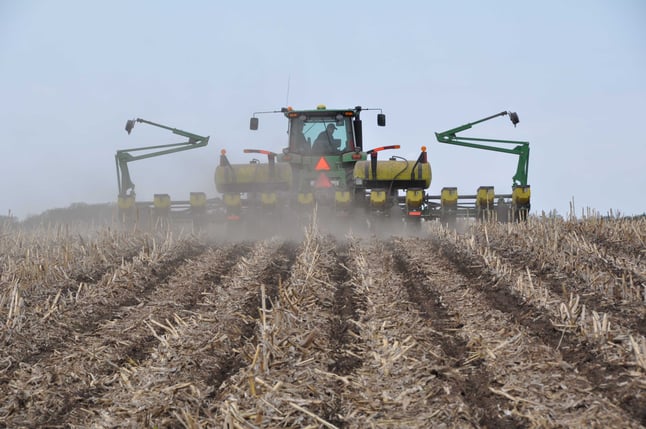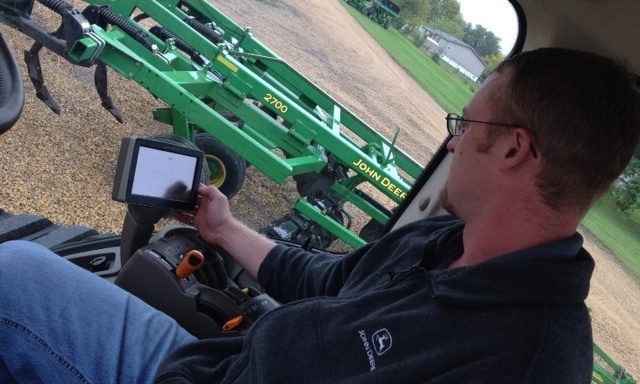Source: ETS
As with the game of horseshoes, when it comes to zone-tillage, close just isn’t close enough. Because only a portion of the soil is tilled, it’s vital to be on the mark to take advantage of nutrients, soil temperatures and a properly prepared seed bed.
“The biggest thing with strip-till is that only about 33 percent of ground is being worked. There’s only a strip 10 to 12 inches wide,” says Derek Smith, Environmental TIllage System's precision ag account manager. “The planter has to be able to come back on the exact strip made by the SoilWarrior. Your guidance system needs to ensure that you go over the same paths year after year.”

Because of the need for precision, guidance systems are crucial. But just having the system isn’t enough.
“It’s important that farmers get to know their system—what it can and what it can’t do,” says Mike Lynch, integrated solutions manager for Kibble Equipment in Mankato, Minnesota. “If you are going to spend the money on a system, including the software and the hardware, RTK gives you that sub-inch repeatability. That repeatability is what makes it so valuable because getting close isn’t good enough.”

Smith agrees, adding that the ability to share guidance lines from one tractor to another to ensure consistent paths also decreases the room for error.
Because of the precision tillage and variable rate fertilizer delivery offered by the SoilWarrior, its imperative farmers follow the same paths year after year in order to get the maximum benefit. Planter drift from the strip on side hills or turns can mean seeds could miss out on vital nutrients placed in the tilled zone just for their benefit. Because the SoilWarrior features a steerable hitch, good guidance keeps it on the right path.
Lynch has several pieces of advice for farmers using RTK systems for their strip-till operations to maximize their performance.
Choose wisely. “Anyone who is looking to add RTK should go with a good dealer who has a good support plan,” adds Lynch. “If they don’t have an answer right away, they’ll get you one.”
Learn the system. While most service providers offer system support, its important farmers know how the system works to operate it properly. It’s also easier to troubleshoot with a technician if you understand the system. If you do run into trouble, be patient. Most guidance systems have diagnostic modules designed to help troubleshoot and identify problem.
Don’t wait. Lynch says it’s important that farmers get their guidance systems up and running well before it’s time to hit the field. Fall or spring tillage isn’t the best time to learn a system. The farmer and their equipment need to be ready when it’s “go” time to eliminate down time.
Take time for calibration. Whether it’s for guidance or variable rate fertilizer delivery, proper calibration is key. The better a system is calibrated, the more likely it is to be properly guiding equipment and placing nutrients exactly where they should be.







Post a comment
Report Abusive Comment